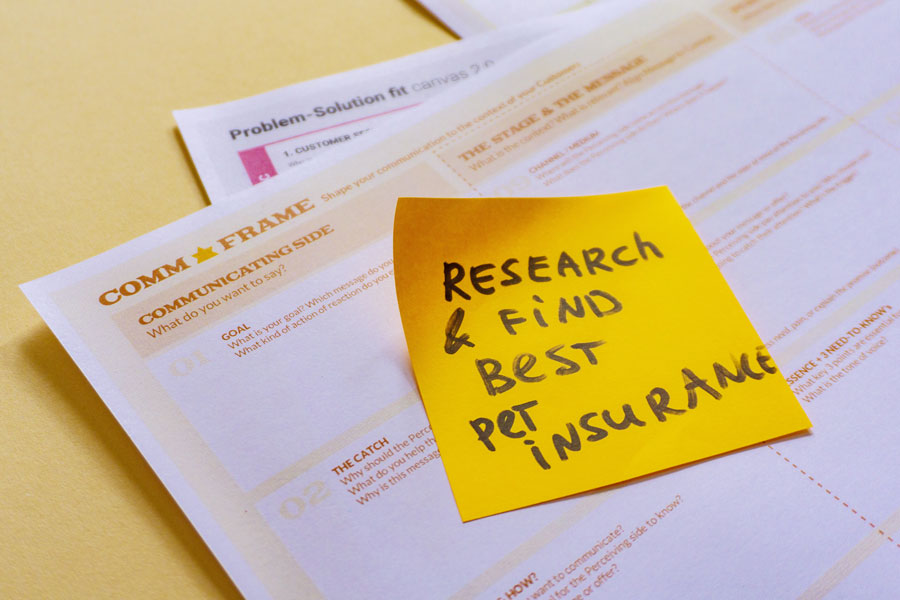
Workplace mindfulness: what it is and how to implement it
March 4, 2021
Insurance claims in an instant: fact or fiction?
March 23, 2021The perceived fairness of insurance premiums continues to be raised in the press. Most people have been at the end of unexpected hikes in home insurance or found that their car insurance has increased for no apparent reason. This is even more likely with a house move to a different postcode. Premiums for all types of insurance can vary radically even with a move down the road. So, if you are a pet owner, where you live will probably have an impact on the cost of your pet policy.
The postcode lottery
The Guardian recently highlighted an example where a reader’s pet insurance premiums had notably increased with a short move across town from one postcode to another: a distance of only three miles. Sometimes this is inevitable, as pet insurance premiums are linked to non-specific market data and partly calculated on risks associated with an address or postcode area.
A survey from Moneysupermarket in 2019 found that people in London faced paying up to three times more for pet insurance than in Scotland. The survey focused on two of the UK’s most popular dog breeds, Labradors and French bulldogs. For four-year-old Labradors, five out of 10 of the most expensive postcodes were in London, with owners expecting to pay an annual premium of £585 compared with £198 in Dumfries.
Digital uses data more intelligently
It is widely accepted that pet insurance premiums will vary by the type of pet, breed, age and the medical history of an animal. Along with factors such as postcode, many insurers are still using general information on pets for insurance quotes and do not have the technology in place to tailor a more granular policy. It is no wonder that pet owners are driven to shop around for their insurance each year seeking to save money through comparison sites. For insurers, this makes building customer loyalty a major challenge.
Arguably the postcode lottery of pet insurance is outdated. Insurers can now employ digital technology that uses powerful AI and machine learning to analyse huge volumes of market data in real-time. This enables insurers to provide an informed and accurate quote, based on the very latest information and suited to the needs of an individual pet; for example, by factoring in the pet’s preferred vet rather than the pet’s address as this is the more important location factor when it comes to pricing risk. A fully automated digital service also means that highly trained staff can be on hand for unusual and anomalous cases.
This shift in approach not only helps insurers provide an enhanced experience for their customers, but pet owners can also feel confident that they are getting exactly the right tailored cover for their pet. The cheapest policy is not always the best, but an intelligent digital service can guide owners through the policy process, ensure they secure the cover most suited to their pet and avoid paying unnecessary costs.





